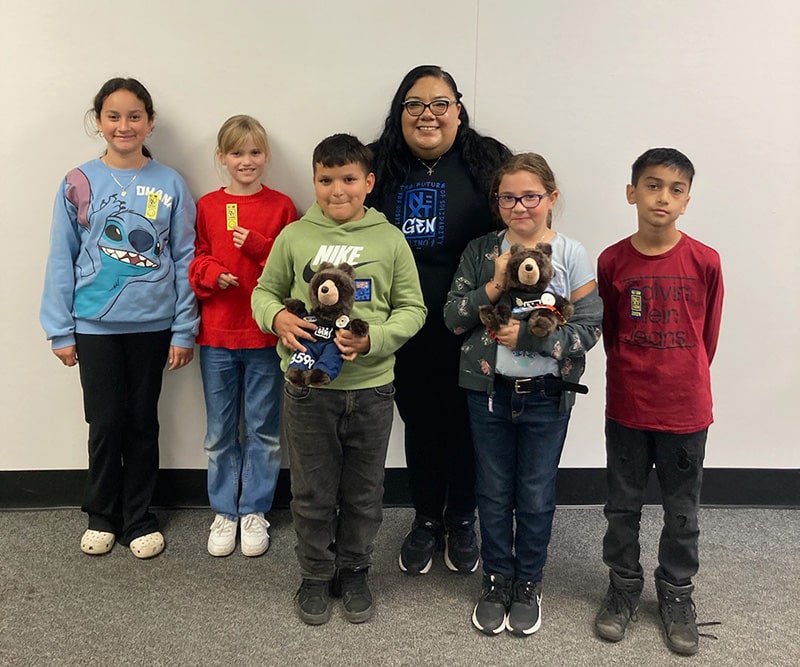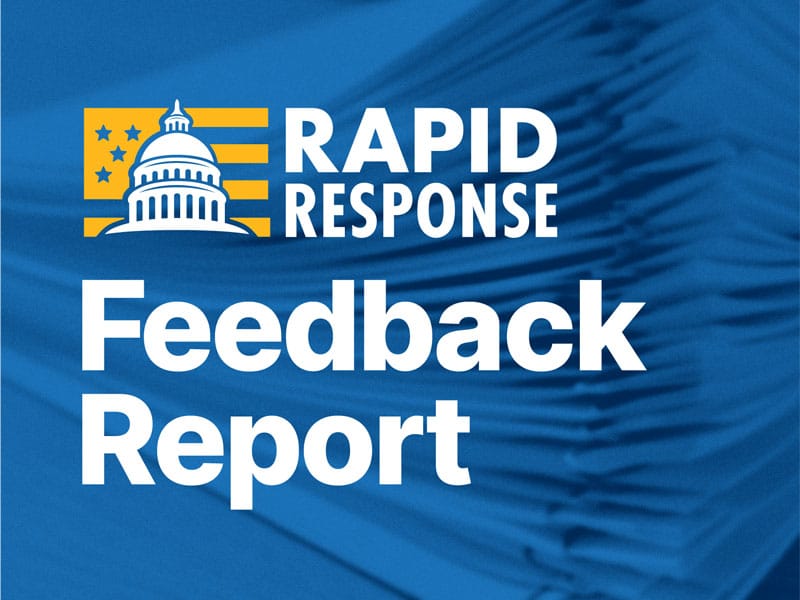Hanford Local Plays Major Role in Safeguarding Workers During COVID-19 Pandemic
Essential work hums along at the Hanford Nuclear Reservation since the Department of Energy (DOE) transitioned to a “mission-critical operations posture” on March 24.
But it took the actions of Local 12-369 leaders to get DOE and its contractors to respond effectively to the new health and safety challenges caused by the highly-contagious novel coronavirus. Local 12-369 also fought to ensure workers got paid if they had to stay home due to illness, being a caretaker or having onsite work that was deemed non-essential.
Local 12-369 President Pete Gomez, who works for DOE contractor Washington River Protection Solutions LLC (WRPS), in mid-March asked his employer what COVID-19 health and safety guidelines it was following. There were guidelines employers could use in Washington State from the Centers for Disease Control and Prevention (CDC), the Occupational Safety and Health Administration (OSHA), the White House, Benton-Franklin Health District and Washington State Governor Jay Inslee.
“WRPS was cherry-picking which guidelines it followed,” Gomez said. “The contractors thought they were doing the right thing, but they weren’t.
“All we got was a Hanford app, which would tell us when a building was evacuated, cleaned, and the person tested. Five hours later we would be told it was okay to go back in. The contractors’ cleaning protocol was unknown to the union,” Gomez said.
He believed this approach to avoiding COVID-19 exposure was haphazard and making the workplace unsafe, so he and Brian Ivey, a Hanford Atomic Metal Trades Council (HAMTC) safety representative and USW member, did a stop work order on March 17.
The order said that any work not associated with safety and environmental compliance or emergency response should be stopped immediately. It also ordered the DOE and its contractors to communicate with the site workforce what COVID-19 protocols should be followed concerning social distancing, workplace gatherings, and disinfecting methods for impacted buildings and equipment.
Gomez said WRPS stopped its work, and two hours later, Hanford contractors CH2M Hill Plateau Remediation Company (CHPRC) and Mission Support Alliance (MSA) followed with a complete shutdown. He said his manager contacted upper management to get a COVID-19 protocol.
Union input to protocol
During the week- and -a half WRPS, CHPRC and MSA employees were off work, WRPS contacted Gomez for his input and approval of a slideshow presentation it created to detail a COVID-19 protocol for employees. Gomez recommended a flow chart be included to show the process for reporting illness. He also demanded that the questionnaire for confirmed or presumptive COVID-19 personnel be included in the presentation.
CHPRC and MSA added information to the slideshow that pertained to their operations. The presentation was finalized the morning of March 24, and Brian Vance, manager of DOE’s Richland Operations/Office of River Protection, publicly announced the site’s move to “an essential mission-critical operation” by midnight March 24.
Essential personnel
Gomez said everyone remaining at Hanford was sent home March 23. About 85-90 percent of the site’s employees are telecommuting, but USW-represented workers have jobs that cannot be done outside of the Hanford reservation.
Many are considered essential personnel who are needed to keep the site safe and secure, and who do jobs like compliance readings. These are radiological readings and samples required daily by the state ecology department and environmental protection agencies at the state and national levels.
Once the essential personnel saw the COVID-19 presentation, they returned to work. Gomez said none of his 500-some members are teleworking, and that about 125 of them are currently onsite.
He said that social distancing is not a problem for those currently working at Hanford because most of the work force has been sent home. A small number said they could be at high risk for COVID-19 infection, but they would have to follow the company’s new COVID-19 procedure to be sent home.
Union pushes for pay
At first, workers sent home because of the temporary work stoppage continued to be paid under policies enacted when bad weather forces most employees to stay home.
Concerned that these workers might not receive pay if they had to stay home for a long time, Gomez and Local 12-369 President Bill Collins decided that the local needed to lobby the state’s elected officials to ensure worker compensation would be in the next COVID-19 relief bill. So, the local sent a letter to the Washington congressional delegation.
After receiving this letter, Sen. Patty Murray, D-Wash., and Rep. Dan Newhouse, R-Wash., pushed to insert provisions into the “CARES Act” economic stimulus legislation so that Hanford employees would get paid even if they could not telework and were not assigned to jobs considered critical for safety at Hanford.
Return to work
Most Hanford workers remained at home as of May 8, but there are plans for a phased return to work. Gomez said that those who likely would return first would include USW workers who do jobs essential to meeting DOE milestones, such as, liquid tank retrieval processes.
The remaining workforce would likely return late May/early June, he said. This plan would depend on Governor Inslee’s guidelines to honor social distancing, presidential guidelines and placing workers on rotating shifts.
By clicking Sign Up you're confirming that you agree with our Terms and Conditions.
Recent News Articles
Want to Learn More?
See how the USW is making a real difference in our communities and our workplaces.

